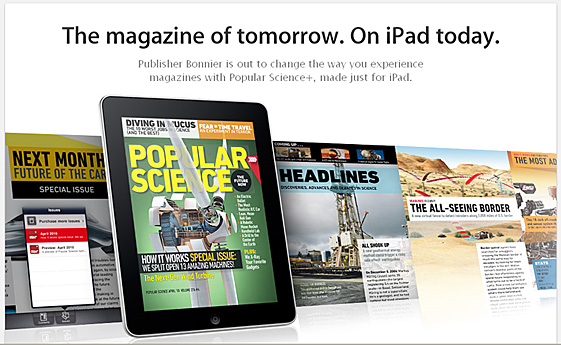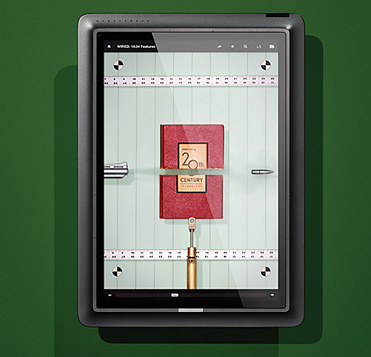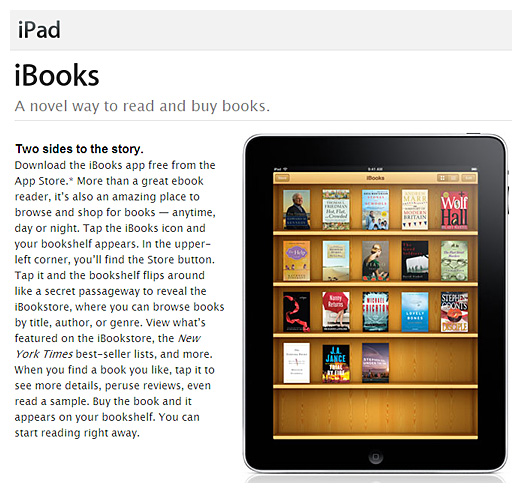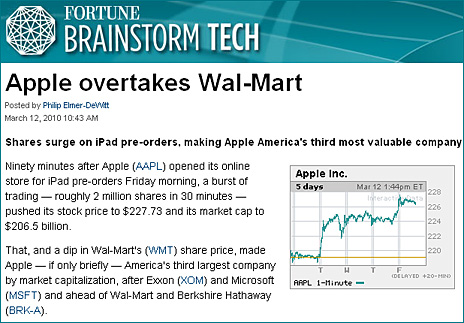Mobile Learning Leaders to Transform Education Through Digital Publishing— from PRNewswire.com
PARIS, CAMBRIDGE, England and ABILENE, Texas, April 12, 2010 /PRNewswire-FirstCall/ — Abilene Christian University, Cambridge University Press and Alcatel-Lucent Bell Labs have embarked on a joint research project whose intent is to set out a new path towards the future of publishing – from creation through distribution – by putting tools that enhance education in the hands of individuals.
This resource is from:
Cooperation and Convergence— from Rethinking Higher Education by Barry Currier
Results from the Kindle DX pilot at Princeton University — from The Cite
Ohio lawmakers push for digital textbooks & related savings moves — — from collegetextbooknews.com
“Even though the iPad looks like an iPhone built for the supersize inhabitants of Pandora, its ambitions are as much about shrinking our laptops as about stretching our smartphones. Yes, the iPad is designed for reading, gaming, and media consumption. But it also represents an ambitious rethinking of how we use computers. No more files and folders, physical keyboards and mouses. Instead, the iPad offers a streamlined yet powerful intuitive experience that’s psychically in tune with our mobile, attention-challenged, super-connected new century. Instant-on power. Lightning-fast multitouch response. Native applications downloaded from a single source that simplifies purchases, organizes updates, and ensures security.”
From DSC:
From my perspective, the iPad will usher in more interactivity, more multimedia-based content, more end-user control, more choice about the type of media one consumes (even on the same article/topic), and the ability to quickly “drill down” more deeply into a topic.
Also see — and item originally from:
13 ways of looking at an iPad — from brainstormtech.blogs.fortune.cnn.com
7 things you should know about e-readers — Educause
E-readers are portable, low-power, high-resolution devices that display digital versions of written material from books, magazines, newspapers, and other printed sources. They typically use e-ink, a display technology designed to simulate printed paper that offers similar resolution as newsprint and, relative to an LCD screen, eliminates glare and reduces eyestrain. Digital texts can be updated easily and often include advanced features such as annotation, hyperlinking, cross-linking, saved views, interactive quizzes for individual study, analyses, and shared commentary. E-readers are changing the economics of text-based intellectual property, including educational materials, and a move to digital texts would have broad implications both for the traditional campus bookstore and for an institution’s library.
“The modifiable e-book editions will be much cheaper than traditional print textbooks. ‘Psychology,’ for example, which has a list price of $134.29 (available on Barnes & Noble’s Web site for $122.73), will sell for $48.76 in the DynamicBooks version. Macmillan is also offering print-on-demand versions of the customized books, which will be priced closer to traditional textbooks.”
Also see:
Designing applications for the iPad
“Collection of some articles and postings that provide intriguing insights on some of the possibilities and limitations of designing apps for the upcoming iPad. Luke Wroblewski in particular has captured an extensive set of design resources on his blog, which I highly recommend! Bill Scott has also catalogued an array of nifty interactions that were showcased in the original iPad keynote video, also highly rec.
>> iPad Design Tools and Resources by Luke Wroblewski
>> iPad Application Design by Matt Legend Gemmell
>> New Multitouch Interactions in the iPad by Luke Wroblewski
>> iPad UX Interactions (Interesting Moments) by Bill Scott
Books now outnumber games on the iPhone — from GigaOM
The next wave of digital textbooks – dynamicbooks from Macmillan — from openeducation.net


















